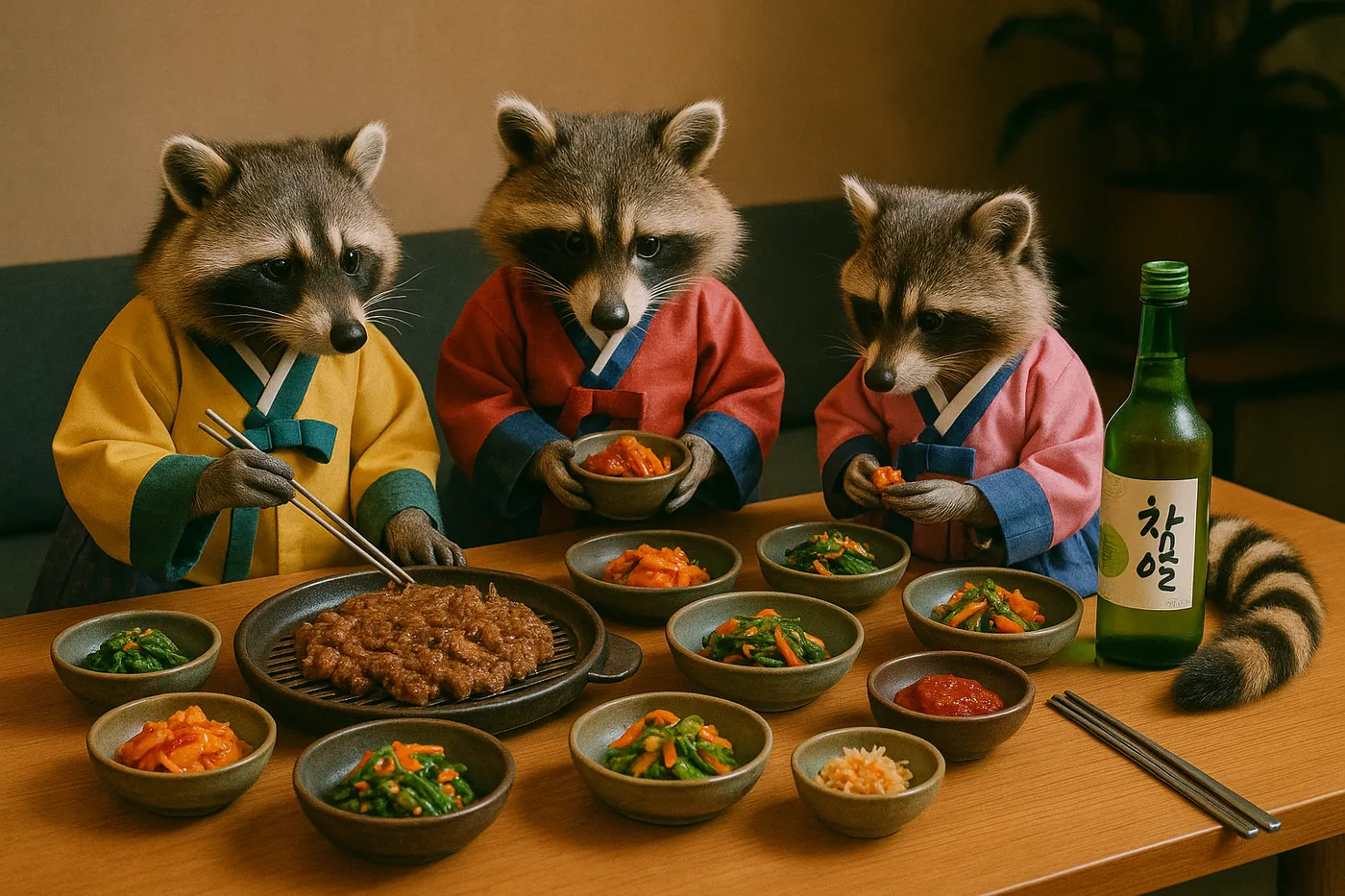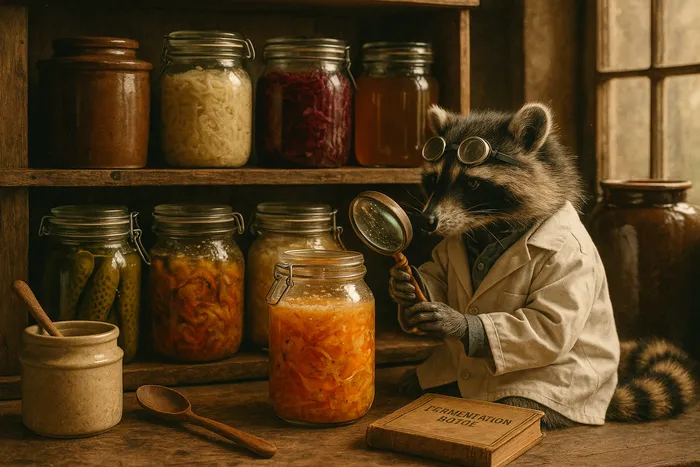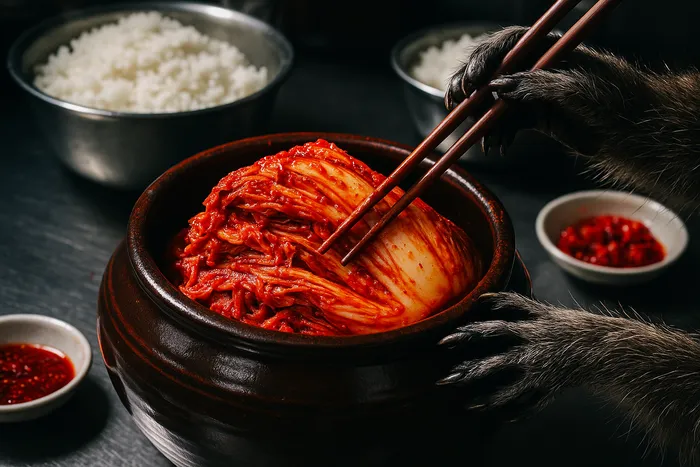travel
Korea: The Alchemy of Fermentation

Raccook
December 16, 2024
4min read

Korea: The Alchemy of Fermentation
Korean cuisine is built on transformation - vegetables becoming kimchi, soybeans becoming countless fermented sauces, simple rice becoming complex comfort food. My journey through Korea revealed a culinary philosophy that embraces patience, celebrates fermentation, and finds profound satisfaction in sharing food around a table.
Seoul - Ancient Wisdom, Modern Energy
Seoul's food scene pulses with energy, from 24-hour Korean barbecue joints to traditional markets selling century-old kimchi recipes. The city taught me that Korean cooking isn't just about individual dishes - it's about banchan, the small side dishes that turn every meal into a feast. Korean Kimchi isn't just a side dish here; it's a cultural institution.
Busan - Coastal Flavors
Busan's position on the sea brings seafood into the Korean fermentation tradition. Raw fish meets fermented vegetables in ways that seem impossible but taste inevitable. The city's fish markets at dawn are a symphony of ice, salt, and the promise of transformation.
Jeonju - The Culinary Heart
Jeonju is Korea's designated UNESCO City of Gastronomy, and for good reason. This is where I learned that Beef Bulgogi is just the beginning of Korean barbecue culture. The art of marinating, grilling, and wrapping meat in lettuce leaves with garlic, gochujang, and Korean Kimchi creates perfect bites every time.
The Fermentation Philosophy
Korean cuisine's genius lies in its mastery of fermentation. From the obvious - kimchi, doenjang, gochujang - to the subtle ways fermented flavors weave through everyday cooking. This isn't just preservation; it's flavor development that can take months or years to achieve.
Essential Korean Flavors
- Gochujang: Fermented chili paste that's sweet, spicy, and deeply complex
- Doenjang: Soybean paste that adds umami depth to everything
- Sesame oil: Nutty finishing oil used sparingly but effectively
- Garlic: Used liberally, often raw, adding bite and brightness
- Perilla leaves: Aromatic herbs that wrap and brighten
The Banchan Culture
Korean meals are never just one dish. Banchan - small side dishes - turn every meal into a varied experience. A single table might hold kimchi, pickled vegetables, seasoned spinach, marinated tofu, and a dozen other small plates. It's hospitality made edible.
Must-Try Recipes
- Korean Kimchi - The foundation of Korean cuisine
- Beef Bulgogi - Sweet-savory grilled perfection
- Korean BBQ Short Ribs Galbi - Marinated perfection on the grill
- Korean Scallion Pancakes - Crispy, savory comfort food
- Bibimbap - Mixed rice bowl harmony (recipe coming soon)
- Japchae - Sweet potato noodles (recipe coming soon)
Korean Barbecue Culture
Korean barbecue isn't just about the meat - it's about the entire experience. Grilling at the table, wrapping bites in lettuce, sharing banchan, and the ritual of eating together. The meat is often the star, with dishes like Korean BBQ Short Ribs Galbi taking center stage, but the supporting cast of fermented and fresh elements creates the magic.
The Art of Balance
Korean cuisine teaches balance through contrast - spicy kimchi cooling down rich meat, sweet marinades balancing fermented funk, fresh vegetables brightening heavy flavors. Every meal is a lesson in how opposing forces create harmony.
Home Cooking vs. Restaurant Food
Korean home cooking revolves around rice, soup, and banchan - simple, comforting, and nourishing. Korean Scallion Pancakes exemplify this home-style comfort food. Restaurant food can be more elaborate, but the principles remain: balance, fermentation, and sharing. The best Korean meals blur the line between home and restaurant cooking.
Korea showed me that fermentation isn't just a preservation technique - it's a way of thinking about flavor development over time. Coming from the immediate gratification of Mexico's bold flavors and the precise technique of Japan's perfection, Korean cuisine offers something deeper: the patience to let time and beneficial bacteria create flavors that can't be rushed.
The communal aspect of Korean dining - everyone sharing from the same dishes, grilling together, building their own perfect bites - reminded me that food is ultimately about connection. The best Korean meals are never eaten alone.







